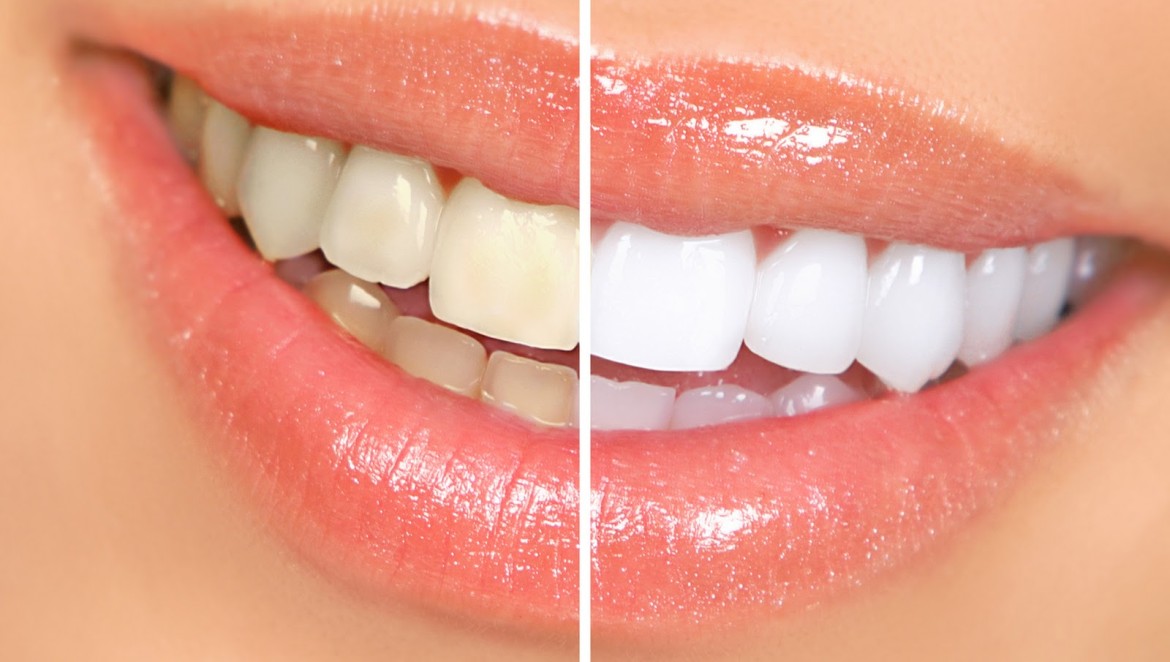Teeth whitening has become a big industry as more and more people want to find ways to make their smiles brighter. There are now so many different options available from state-of-the-art treatments using lasers to at-home teeth whitening kits using bleaching gels.
But how do you choose between the many options available? What are the benefits of each method and how effective are they?
This guide on teeth whitening will show how each treatment works and the pros and cons of each. With this guide, you can be best informed about how cost-effective each treatment is so you can make the right choice to get whiter teeth.
How to Get White Teeth
There are a number of basic methods in use to whiten teeth today. These include:- Using gels, strips, and trays containing a percentage of a special bleach
- Laser treatment
- Teeth whitening toothpaste
- Teeth whitening mouthwash
What Makes Teeth Discolored?
Teeth are generally not naturally bright white. The enamel that coats the teeth is a blueish-white color and is translucent. The dentin — the material beneath the hard enamel — is a yellow color and that shows through the enamel. The enamel grows thinner as a person ages, so it is natural for teeth to look darker or more yellow as we age. However, there are a number of foods and drinks that are strongly colored and acidic in nature and other factors that can accelerate discoloration. These include:- Berries
- Sauces like curries and tomato sauce
- Coffee
- Tea
- Wine
- Sugary drinks
- Smoking
- Braces
In-office Teeth Whitening Treatments
It is prudent to visit your dentist and discuss with them potential teeth whitening options. Their treatments are very effective and they know how to perform them safely and can assist in case of any side effects. In-office treatments are divided into three general types: Laser teeth whitening, Zoom teeth whitening, and professional bleaching.Laser teeth whitening
Laser teeth whitening sounds futuristic and dangerous, but it is actually quite simple. Lasers are used to speed up the bleaching effect of a concentrated gel that is applied to the teeth. This makes it the most instant teeth whitening method, but also one of the most expensive. First, a rubber seal is applied around the gums to prevent the bleaching product, likely containing hydrogen peroxide, from bleaching the gums. Then the dentist will shine a laser on your teeth and accelerate the teeth whitening process. This is an intense teeth whitening process that can give you results after just one visit. It also has the greatest potential for sensitivity after treatment. However, this sensitivity is temporary. Additionally, your dentist can recommend steps to take in case of greater sensitivity.Zoom teeth whitening
This kind of whitening uses a technology from Philips that uses a powerful LED light to accelerate whitening instead of a laser. This process is less intense, coming with a lower chance for sensitivity but this can mean that you will need to do multiple sessions of about 45 to 60 minutes. Follow this method by an at-home course of teeth whitening treatment to prolong the results.Professional bleaching
This is the cheapest form of in-office treatment where the dentist will apply professional grade tooth whitening gel via custom trays. This kind of gel is much stronger than the gels available for in-home treatments. This means they can produce much greater results than commercially available kits. The dentist will start by taking an impression of your teeth to create the custom tray. Then, you can go home and use the gels at home. The trays can be left in overnight, which makes it convenient so you don’t have to wear it during the day. Check with your dentist to see what options they have available.At-home Teeth Whitening Treatments
These at-home kits are best used after a professional treatment to maintain the brightness of your teeth. These treatments include:- LED whitening
- Bleaching trays
- Teeth whitening strips
- Whitening toothpaste

